Micro:bit Powered Halo-ween Fancy Dress
About the project
Halloween offers the perfect opportunity for some fancy dress fun. In this tutorial, we will show you how this can easily be done using the
Project info
Difficulty: Moderate
Platforms: micro:bit
Estimated time: 1 hour
License: Creative Commons Attribution-NoDerivs CC BY-ND version 4.0 or later (CC BY-ND 4+)
Items used in this project
Hardware components
View all
Hand tools and fabrication machines
Story
BBC micro:bit Powered Halo-ween Fancy Dress:
Halloween offers the perfect opportunity for some fancy dress fun. In this tutorial, we will show you how this can easily be done using the Kitronik ZIP Halo for the BBC microbit.
This will definitely make you the belle of the ball and if you also want venture out to trick or treat, it will help to light your way.
You Will Need:
- Kitronik ZIP Halo for the BBC micro:bit.
- BBC micro:bit.
- 3xAAA Battery holder with JST for powering the ZIP Halo.
- AAA batteries.
- The desired length of flexible ZIP strips for your design. 30 ZIPs per 50cm, 50 ZIPs per 50cm.
- Servo extension cable or connecting wire for connecting to the ZIP Halo and extra connecting wire for connecting between strips.
- Halloween dress such as the Pretty Potion Witch.
Tools:
- Wire cutters.
- Wire strippers.
- Soldering iron.
- Solder.
- Scissors.
- Needle and thread.
Coding:
- Micro USB lead.
- Access to the online Microsoft MakeCode coding environment.

In this tutorial, we are going to show you how to add LEDs to a witches hat, as pictured above, the same techniques can be used to modify other fancy dress items such as capes, as shown above, and at the foot of the tutorial. Let's get making!
Step 1:
Once the microbit has been connected to the ZIP Halo using the supplied bolts the first task is to connect the extra ZIP LEDs that we will be adding to the hat, to the extension connection point on the ZIP Halo. The extension point is indicated by the text ‘ZIP_EXT’ as shown in the image below. These connections will need connecting to the corresponding connections on the flexible ZIP LED strips.

To connect the parts together you will need three strands of cable. We have decided to use a male to female servo extension cable to that the hat can be ‘plugged’ into the ZIP Halo and removed again when not in use. The first task is to cut the extension cable into two halves as shown below.

Step 2:
Take one-half and strip the insulation from the end of each of the three wires so that it can be soldered the ZIP Halo board.

Step 3:
Solder the three wires to the ‘ZIP_EXT’ connection point as shown below. We have chosen to have the wires coming out of the back of the ZIP Halo so that they don’t get in the way of the front LEDs.

The results will look like this.

Step 4:
The flexible ZIP strips will need cutting down to fit the size of hat that you are using. This is easy to do as the strips have cut points after each LED as shown below. We will be using one strip on either side of the hat so cut two of the same length.

Now take the second half of the servo intension cable which we will be soldering to the first section of flexible ZIP strip. It important to make sure the three lines are connected in the correct way. The connections should be made (soldered) as follows:
Halo. Flexible ZIP Strip.
GND (Ground). ---> GND
Vsw (Power). ---> +5V
DOUT (Data). ---> DIN (Centre of strip).
Also, the flexible strips are directional with data being fed in one end and out the other. This is indicated by the arrows printed on the strip. Make sure you connect to the data in end. The result should look as shown below.

Step 5:
Now take the second flexible ZIP strip and connect (solder) it to the first piece using three pieces of connecting wire as shown below. Again take care to ensure the arrows on the strips flow from the ZIP Halo, along the first strip and onto the second strip.

Step 6:
Now it is time to carefully position the two LED strip onto the hat. The flexible ZIP strip has an adhesive backing. Peel this away and stick the two strips in the desired positions. The extension connector should be located at the bottom of the hat. When you are happy with the positioning you may wish to sew over the strips (not through the PCBs!) in a number of places for extra security.

Step 7:
Cut a small hole in the hat at the point where the extension cable joins the strips as shown below.

Then feed the cable through the hole.

The resulting hat should look like this.

Step 8:
Now the hat is complete it is now time to sew the ZIP Halo board in place.
Key points that you will want to consider when deciding where to put the ZIP Halo are:
- Does it want to be visible and do you also want to use the LEDs on the ZIP Halo and microbit?
- Where will the batteries be located? We have chosen to use 3xAAA batteries. These are bulkier than a Lithium Polymer battery but much safer to use.
Note: The ZIP Halo can also become warm if the LEDs are used to display some colours at maximum brightness. We will use them at a lower brightness to ensure this is not an issue.
With these points in mind, we decided to locate the ZIP Halo at the front of the dress so that the LEDs can shine through the material and be visible. I small pouch was added to hold the batteries.

Step 9:
The code is shown in the image below. If you are unable to make out the details from the image, you can see the code in the MakeCode editor here.
The code that we have created to control the hat and dress is as follows. This uses two variables to control the ZIP LEDs on the hat and dress. The dress is set up to display red all the time (red is a colour that doesn’t generate too much heat) and the hat can swap between display red and rainbow depending on which button on the microbit is pressed.
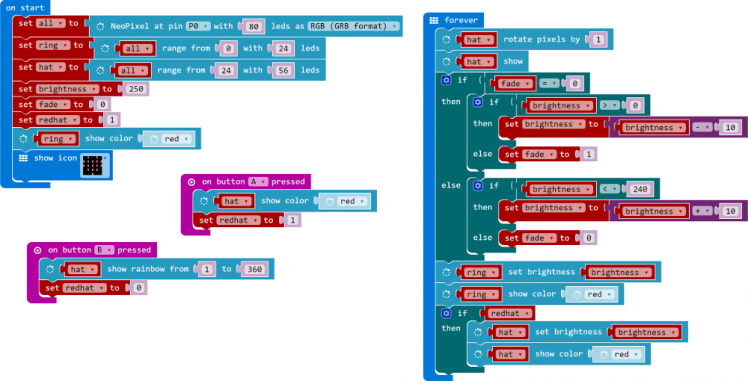
Step 10:
Try on and test. Connect the hat to the dress taking care to ensure the power and data connections are connected the correct way around. Insert the batteries into the battery pack and connect to the microbit and turn on the ZIP Halo. The dress will now look like this, perfect for some Halloween fun!
Below is a collection of photos that we took of the costumes and I think you'll agree, costume + LEDs = that's more like it!












With thanks to Kevin's Daughter Neve for being a good sport and for being patient while the pictures were taken, even when it started raining!






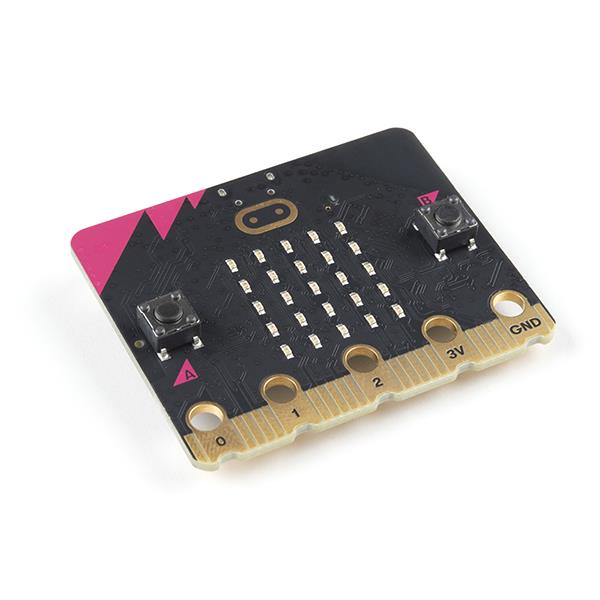
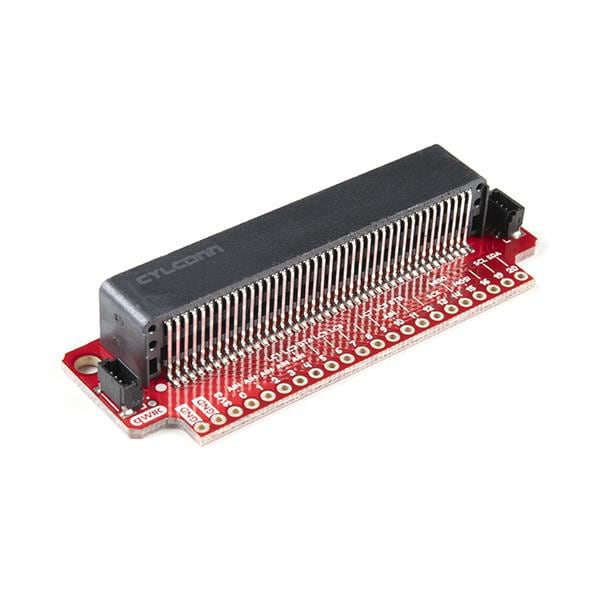
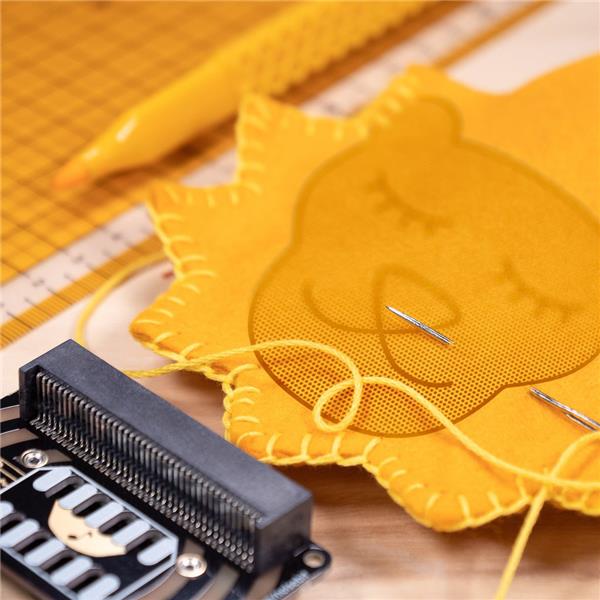
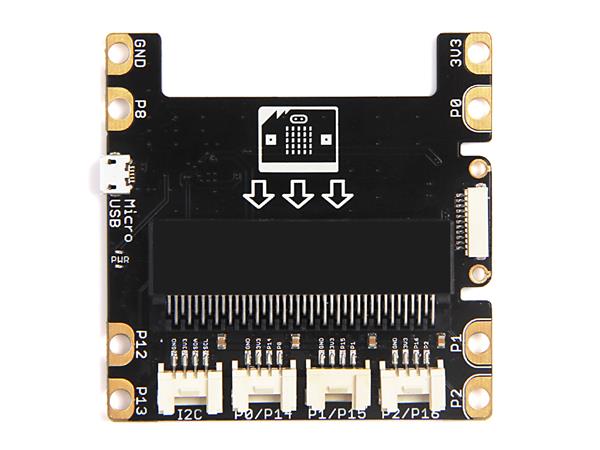
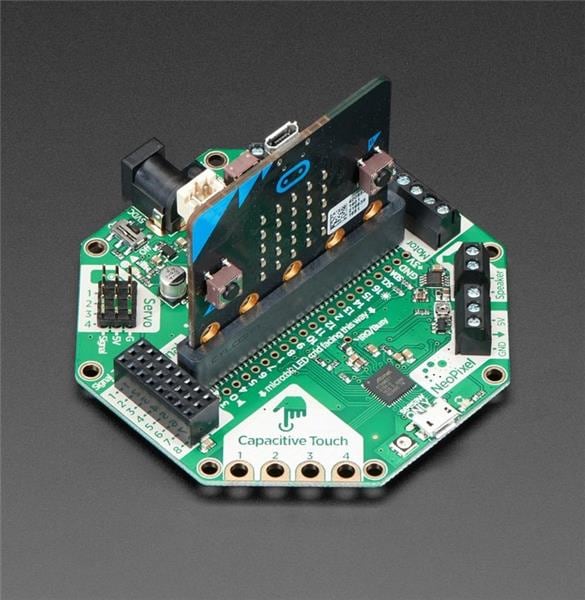
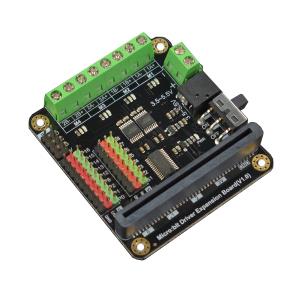
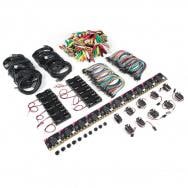
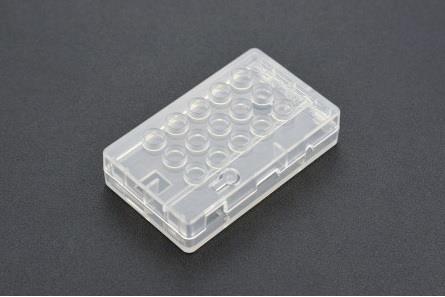
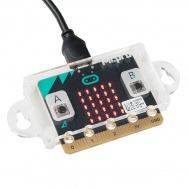
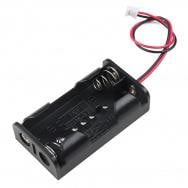
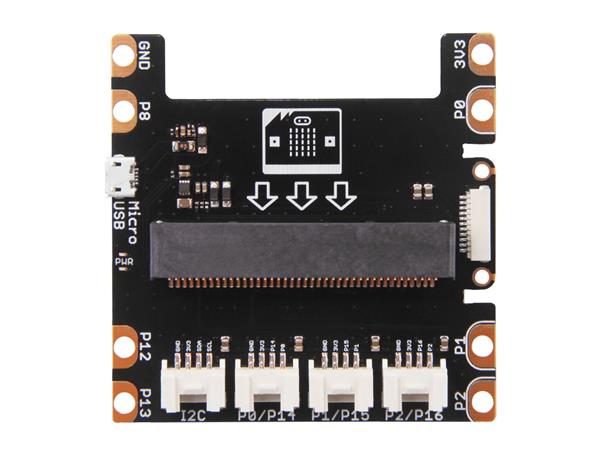
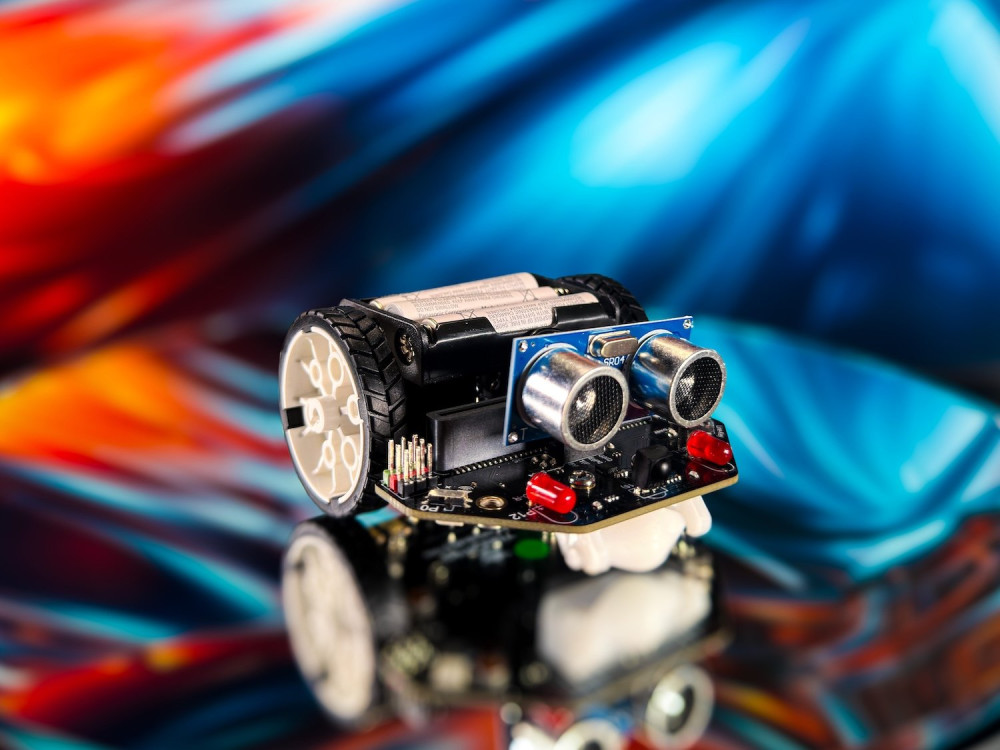
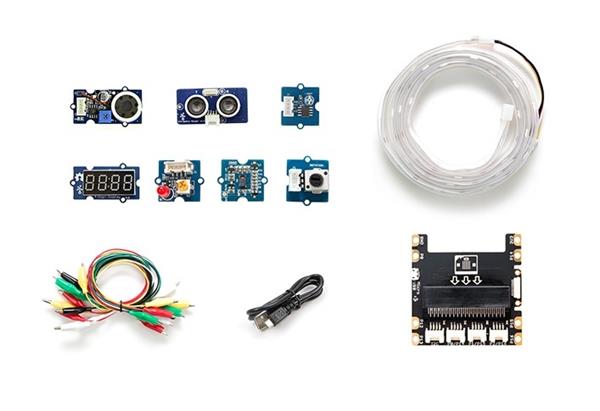
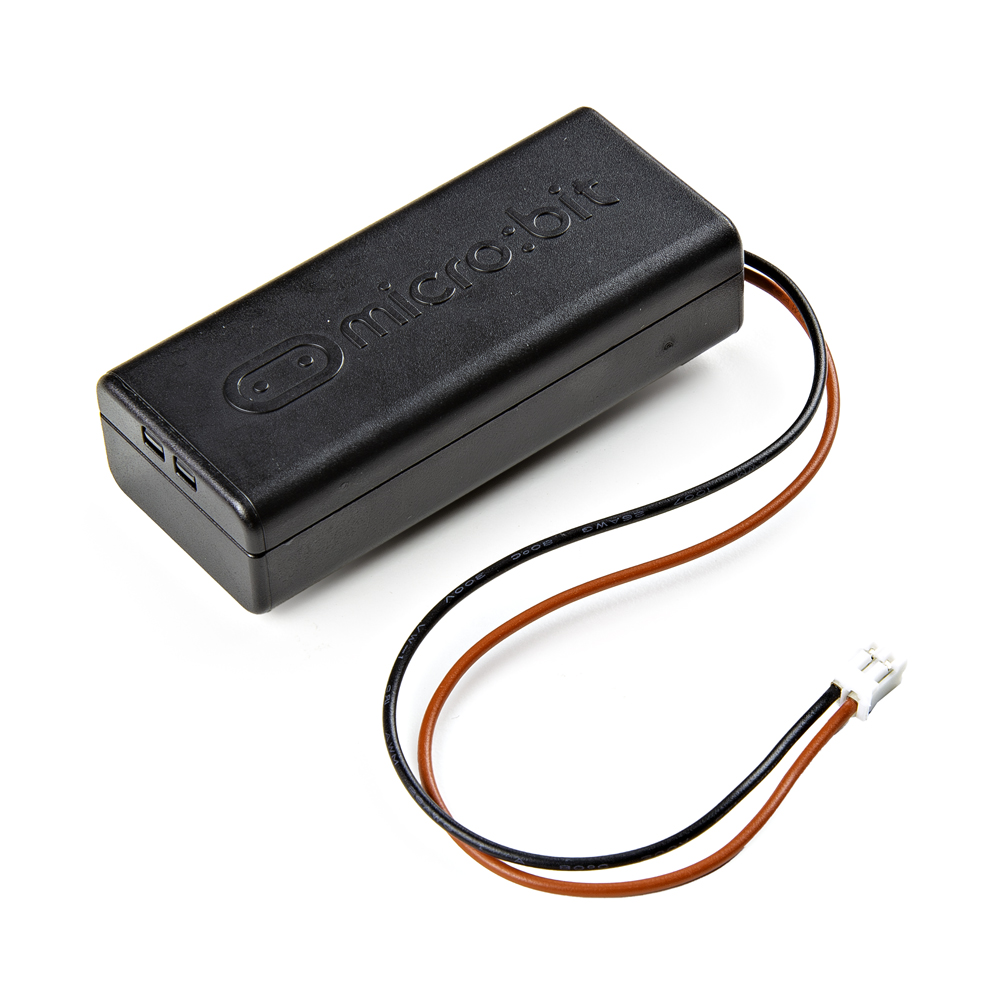
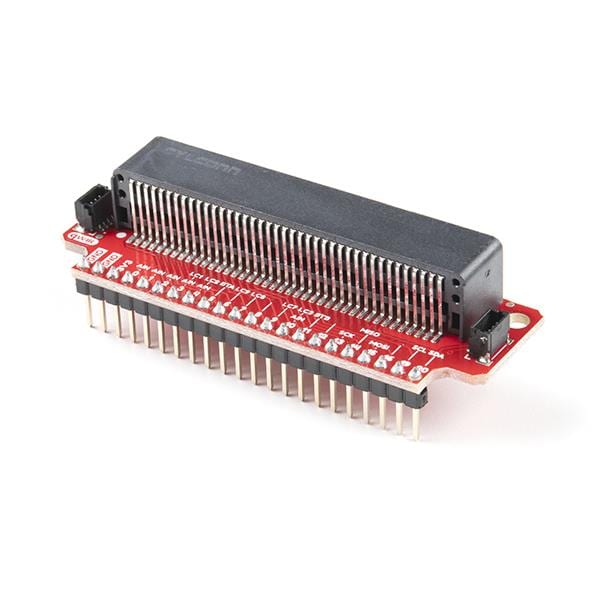
Leave your feedback...